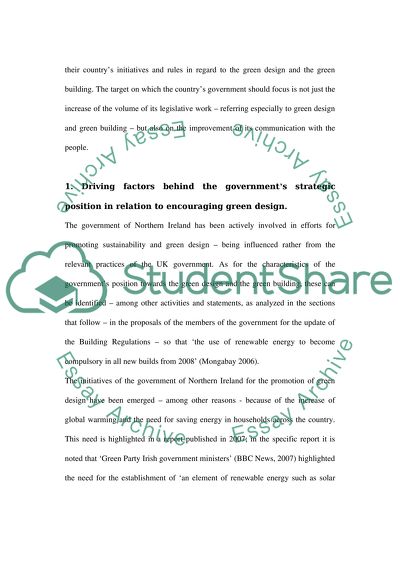Cite this document
(“Are the Government in Northern Ireland doing enough to promote green Essay”, n.d.)
Retrieved from https://studentshare.org/environmental-studies/1406071-are-the-government-in-northern-ireland-doing
Retrieved from https://studentshare.org/environmental-studies/1406071-are-the-government-in-northern-ireland-doing
(Are the Government in Northern Ireland Doing Enough to Promote Green Essay)
https://studentshare.org/environmental-studies/1406071-are-the-government-in-northern-ireland-doing.
https://studentshare.org/environmental-studies/1406071-are-the-government-in-northern-ireland-doing.
“Are the Government in Northern Ireland Doing Enough to Promote Green Essay”, n.d. https://studentshare.org/environmental-studies/1406071-are-the-government-in-northern-ireland-doing.


